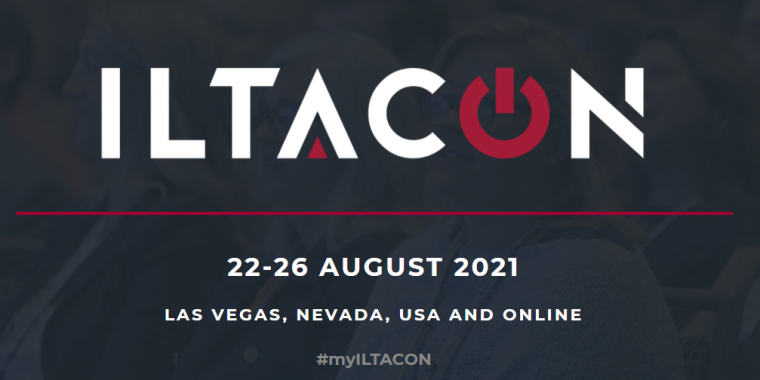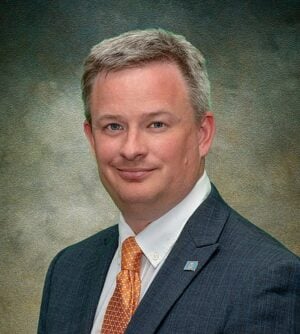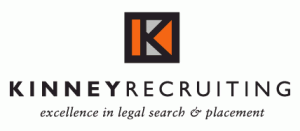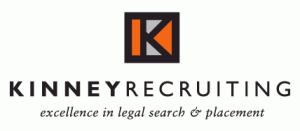
You may have heard that Content is King.
In that case, the Reader is Emperor.
Your reader may be a prospective client, a lapsed client or a referral source.
Clients, past, present and future, plus referral sources, listen to the World’s Greatest Radio Station, WII-FM, and so do you and so does everyone you know.
In case you haven’t heard of it, WII-FM means “What’s In It For Me.”
You probably have defined your practice area by the services you offer: family law, real estate transaction, intellectual property and so on.
Sadly, that is not how clients and prospective clients see the world.
Instead, they think of their problem, how they can solve it within the (invisible to them) boundaries of the law and how to protect themselves going forward.
Accordingly, you must frame how you will bring your legal knowledge to bear and resolve an issue from the client’s perspective.
This first tip means you position your practice by defining the kinds of problems that you solve and for which types of clients. That way, potential clients with a specific need and certain characteristics will look for you, plus referral sources will keep you in mind.
For example, an attorney only handles personal injury cases for residents in nursing homes. People who were injured in a slip and fall on a public street after a heavy snowfall will not seek her counsel, unless it is to request a referral to someone who does handle litigation for that mishap.
Your goal in focusing on the client’s perspective is to screen some people in and most others out.
Now that you have defined your client’s issue, you must show that you are the best person to address their situation. In other words, the client is deciding whether to work with you or Pat Williams.
It’s not enough to say that you have had terrific success with this kind of case. You have to prove it.
Tips two and three are your resources: internal and external. You may describe representative cases in a generic way, following the PARI model.
- P is for Present situation or Problem
- A is the Action you took
- R is the Result, in the short term
- I is the Impact in the long term
Consider the example of a matrimonial attorney: The Problem was a wife suspected her husband had hidden assets and had understated the value of his business, which would affect the divorce settlement. The Action was the steps her attorney took to have the business appraised and uncover the location of these hidden assets. The Result was that more than $2 Million was found in obscure accounts in a business subsidiary. The long-term Impact was that the judge remained highly skeptical of the husband’s financial accounting and approved an unexpectedly higher settlement for the wife.
As for external resources, these are designed to show your mastery of the legal matter; they include:
- articles you published in general, business or industry publications
- news stories where you are quoted
- client testimonials about your work together
- podcasts and webinars where you discuss current issues
Finally, for the fourth tip, you must endeavor to continue the conversation. Anyone who visits your website or LinkedIn profile should not leave empty-handed.
Offer tips, best practices, three DO’s and three DON’Ts, a quiz or an e-book. All these are available as a download, which may or may not require an email address. Once they have it in hand, readers can even share it with a colleague, supervisor or family member.
In addition, display your current newsletter and make it easy to subscribe to it. In fact, all your newsletters should be posted on your website.
Use these same tips to introduce yourself to the industry, local business and legal reporters at the publications read by your clients and prospects. Journalists, too, are interested in the solutions an attorney provides to clients. When a new law or regulation looms on the horizon, reporters will seek a reliable and authoritative source who can comment on the business implications of this change. When you create a professional relationship, YOU will be the attorney the reporter calls.
When you focus on the problem of the potential client, offer examples of your success, provide proof that others recognize your knowledge and freely give a sample of your insight, you create the basis for a solid working relationship.
These four tips are the foundation for success in Marketing and Media Relations for solo attorneys.
Thanks to Amy Carron Day, Esq., for her thoughtful comments on this article.





 Meyling “Mey” Ly Ortiz is in-house at Toyota Motor North America. Her passions include mentoring, championing belonging, and a personal blog: TheMeybe.com. At home, you can find her doing her best to be a “fun” mom to a toddler and preschooler and chasing her best self on her Peloton. You can follow her on LinkedIn (
Meyling “Mey” Ly Ortiz is in-house at Toyota Motor North America. Her passions include mentoring, championing belonging, and a personal blog: TheMeybe.com. At home, you can find her doing her best to be a “fun” mom to a toddler and preschooler and chasing her best self on her Peloton. You can follow her on LinkedIn (











